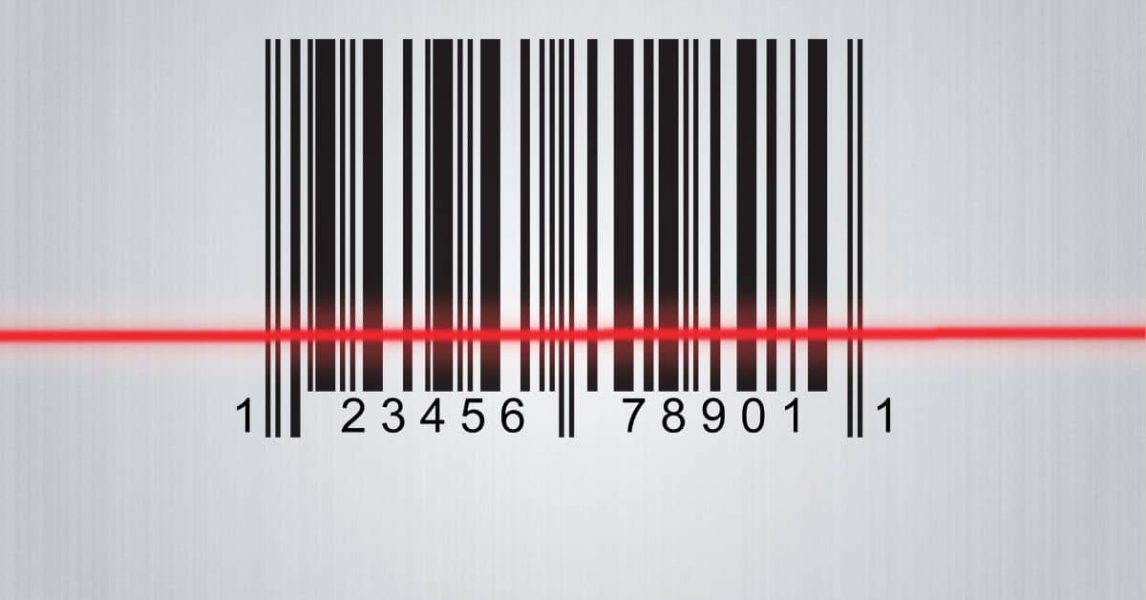Inventory management is a critical component of any business operation, and barcoding has emerged as a vital tool in streamlining the process. Barcoding helps businesses to accurately track and manage their inventory, reducing errors and improving overall efficiency. If you are struggling to keep track of your assets, barcode inventory management can be a game-changer. Learn how to lookup a barcode and return product data in a simple way.
What is Barcoding?
Barcoding is the process of encoding information in a visual pattern of lines, bars, and spaces, which can be read by a barcode scanner. The barcode scanner converts the visual pattern into digital information, which can be used for a variety of purposes, including inventory management.
Barcodes typically contain information such as product numbers, serial numbers, and batch numbers, which can be used to track inventory, reduce errors, and improve efficiency.
What is Barcode Inventory Management?
Barcode inventory management is a system that uses barcode labels to track and manage inventory items. Each barcode contains unique information about the item, such as its product code, serial number, or location. Barcode scanners are used to read the information, which is then processed and stored in a database. This allows for accurate and efficient tracking of inventory, from receiving to shipping.
How to Use Barcodes
Barcodes are used in a wide range of industries, from retail to manufacturing. The most common way to use barcodes is to scan them at the point of sale. This allows retailers to quickly and accurately track sales and inventory. Barcodes are also used in warehouses and other large-scale operations to track items and shipments.
Barcodes can also be used to identify people, such as in employee or visitor tracking systems. In this context, barcodes can be used to quickly check people in and out of an area, as well as to track their movements throughout the facility.
In addition to scanning barcodes, businesses can also use barcode printers to create custom barcodes. These printers can be used to create barcodes for a variety of purposes, such as tracking products, tracking shipments and identifying people.
Benefits of Barcode Inventory Management
Implementing a barcode lookup system for your business can provide a range of benefits, including:
1. Increased Efficiency
Barcoding enables businesses to automate the process of inventory management, reducing the need for manual data entry and reducing the likelihood of errors. This can save time and increase efficiency, allowing your business to focus on more important tasks, which leads to faster fulfillment and better customer service.
2. Improved Accuracy
Barcode product lookup reduces the likelihood of errors in inventory management, such as incorrect data entry, and misplaced items, eliminates the need for manual data entry or incorrect quantities. This can help to improve accuracy and reduce the risk of stockouts or overstocking. With barcode scanners, you can ensure that the right item is picked and shipped every time, reducing the risk of mistakes and rework.
3. Real-time Data
Barcoding enables businesses to track inventory in real-time, providing up-to-date information on inventory levels, locations, and movements, just by using the function “item barcode lookup”. This can help businesses to make more informed decisions and respond quickly to changes in demand or supply.
4. Better visibility
With real-time tracking and reporting, you can gain insights into your inventory levels, demand, and usage patterns. This can help you make informed decisions about purchasing, stocking, and pricing.
5. Cost savings
By reducing errors and improving efficiency, you can save time and money on labor, storage, and logistics.
How to Implement Barcode Inventory Management
Implementing a barcode inventory management system requires careful planning and execution. Here are some steps to follow:
- Define your requirements: Identify your inventory needs and goals, such as item tracking, batch control, or expiration dates. Choose the right barcode symbology for your items and environment, such as Code 39, Code 128, or QR codes.
- Select your hardware and software: Choose a barcode scanner that suits your scanning frequency, distance, and connectivity requirements. Select a software system that integrates with your existing inventory management, accounting, or e-commerce systems.
- Create your barcode labels: Generate unique barcode labels for each item, with the necessary information and format. Test and validate your labels to ensure readability and durability.
- Train your staff: Provide training and support to your staff on how to use the barcode system correctly, including scanning, labeling, and data entry. Make sure that they understand the benefits and the importance of accuracy.
- Monitor and improve: Regularly monitor your inventory data and performance metrics, such as cycle counts, accuracy rates, and fill rates. Use this data to identify areas for improvement and to adjust your system as needed.
Why perform a barcode lookup?
Product packaging may not always provide sufficient information to meet your needs. It may fail to disclose crucial details, such as the product’s origin, manufacturer, durability, efficacy, and market price. Thankfully, item lookup by barcode provides a one-stop solution to this issue. By entering a product’s barcode, you can access an extensive global database with information on millions of products sold worldwide. This includes detailed descriptions, manufacturer information, and even customer reviews and photographs. Additionally, we provide you with a list of online stores that carry the exact item, so you can easily compare prices and avail discounts and special deals.
Main Barcode Types
There are four main types of barcodes that are commonly used in the business world: UPC (Universal Product Code), EAN (European Article Number), Code 39 and Code 128. Each of these barcodes has a different purpose and is used in different contexts.
UPC codes are the most common barcodes and they are used to identify products in stores and online. They are made up of a 12-digit number that contains information about the product, such as the manufacturer, product type and size. UPC codes are most commonly used in retail stores and are scanned at the point of sale.
EAN codes are similar to UPC codes, but they are intended for use in international markets. They are made up of a 13-digit number that contains information about the product and manufacturer. EAN codes are most commonly used in Europe and other international markets.
Code 39 and Code 128 are two different types of barcodes used for tracking and inventory control. Code 39 is the most common type of barcode and it is used for tracking items in warehouses and other large-scale operations. Code 128 is a more advanced type of barcode and it can store larger amounts of data, including product information, serial numbers and tracking information.
How Cluster Can Help?
In today’s fiercely competitive marketplace, it is crucial to have your products easily identifiable to potential customers. Without accurate product identification through barcodes, the chances of your products being discovered by shoppers are significantly reduced. This can have a detrimental effect on your search engine optimization efforts, making it less likely for your products to appear in natural search results on Google.
To overcome this challenge, Cluster has developed two unique service models – full-service and self-service – to help marketplaces tackle the problem of inaccurate barcodes. With these services, Cluster can ensure that all your products have the necessary barcodes to help them stand out in search results and improve your chances of being discovered by potential customers. Book a Demo!




